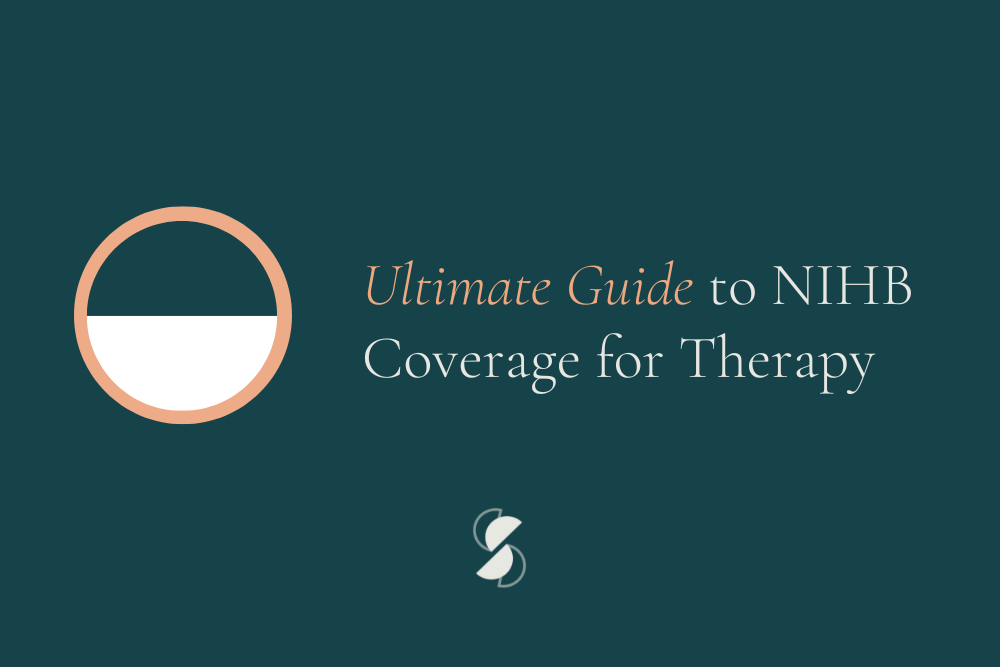How a Therapeutic Relationship Can Transform Your Healing Journey

Enhancing Growth Through Therapeutic Relationships
Healing doesn’t happen in isolation. As humans, we’re wired for connection—and many of our deepest emotional wounds are relational in nature. These wounds may stem from experiences of disconnection, betrayal, or unmet needs. That’s why it makes sense that true healing often happens within relationships too. One of the most powerful relationships for fostering this kind of repair is the therapeutic relationship.
The Therapeutic Relationship as a Microcosm of Relational Patterns
In therapy, the therapeutic relationship between you, the client, and your therapist becomes a microcosm of how you connect with others outside the therapy room. Patterns of trust, avoidance, conflict, or over-functioning often reappear in this dynamic. But this isn’t a problem—it’s actually an opportunity.
You bring your entire relational history into the therapy space: how you’ve been cared for, how you’ve been hurt, and the ways you’ve adapted to protect yourself. A therapist doesn’t just offer insight—they create a space where your relational patterns can be safely observed, challenged, and supported as they are gradually rewritten.
The Power of Being Seen, Heard, and Understood
Many people enter therapy with a history of feeling unseen or misunderstood. A safe, attuned therapeutic relationship offers something different:
- Being truly seen without judgment
- Having your emotions validated and respected
- Experiencing secure attachment and consistent presence
- Learning that conflict doesn’t have to lead to disconnection
These experiences are profoundly healing, especially for those who’ve faced relational trauma, attachment injuries, or a persistent sense of not being “enough.”
Co-Regulation and Nervous System Healing
The therapeutic relationship, built on a foundation of rapport, doesn’t just heal emotionally—it also calms and regulates the nervous system. When someone shows empathy and “gets” us at a deep level, our body responds. We shift from hypervigilance or shutdown into a more balanced, connected state.
This process is called co-regulation. Over time, co-regulation in therapy helps you:
- Notice your internal cues and states
- Develop self-soothing strategies
- Build a felt sense of safety and connection within yourself, facilitated by the therapeutic relationship
This is why therapy often feels grounding and offers support to the client—even when you’re discussing hard things.
Relational Repair: Working Through Rupture
Perhaps one of the most powerful gifts of therapy is the chance to experience relational repair. In real life, conflicts or misunderstandings can lead to withdrawal, silence, or rupture. But in therapy, when these moments arise, they’re explored—not avoided.
Misunderstandings, discomfort, or feeling unheard can become opportunities for repair. When these moments are worked through collaboratively, you experience firsthand that:
- Conflict doesn’t have to mean the end of a relationship
- Repair builds deeper trust and intimacy
- Healthy communication can lead to growth, not disconnection
This kind of relational repair is a rare and transformative experience, especially for those who grew up in environments where repair was never modeled.
Bringing Relational Healing Beyond the Therapy Room
What happens in therapy doesn’t stay in therapy. As you begin to experience safety, trust, and rapport with your therapist, those patterns ripple outward. Clients often find themselves:
- Setting clearer boundaries
- Communicating more openly and effectively
- Feeling more grounded and confident in their relationships
Relational healing means learning to trust again, to be vulnerable without shame, and to relate to others from a place of inner worth rather than self-protection. The therapeutic relationship is a training ground for this new way of being.
Final Thoughts: Transformation Through Connection
If you’ve struggled in relationships—whether due to trauma, attachment wounds, or patterns that no longer serve you—know this: healing is possible.
Therapy provides a unique space to reconnect with yourself and others in a new, empowered way, fostering support and empathy in the process. It invites you into a relationship where safety, presence, and growth are prioritized. And as that therapeutic relationship helps rewire old patterns, it becomes the foundation for showing up in all of your relationships with more confidence, openness, and compassion.
So if you’re seeking deeper, more fulfilling connections—not just with others, but with yourself—therapy might be the first place to start. Healing is possible, and it begins with connection. Our therapist matching tool can seamlessly guide you to a therapist who aligns with your unique needs. Get started here.









